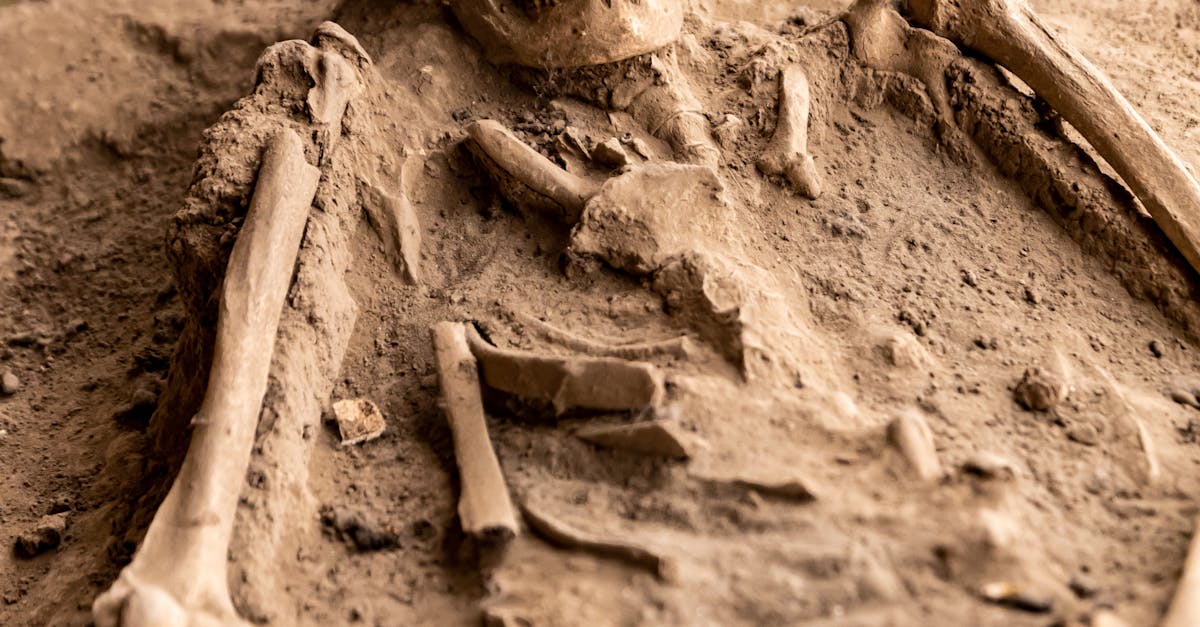The discovery of a possible human-Neanderthal hybrid skeleton in Portugal has created a buzz in the scientific community. This intriguing find, known as the Lapedo child, was unearthed over 20 years ago, and after multiple unsuccessful attempts, it has finally been dated. This article explores the significance of this discover, delving into its background and analyzing the implications for our understanding of human evolution.
The importance of studying ancient remains like the Lapedo child becomes especially clear when we consider how they help us reconstruct the complex web of human ancestry. Dating this skeleton is not only a remarkable achievement but also a testament to the evolving technologies in archaeological research. We will further explore the methodology behind the dating process, the implications of hybridization between species, and how this discovery changes our perspective on Neanderthals and early humans.
The Context of the Lapedo Child Discovery
The Lapedo child is a skeleton of a young human found in a burial site in Portugal. This discovery first made headlines in 1998 when researchers speculated that the child exhibited traits derived from both Neanderthals and modern humans. The significance of this hybrid lies in its potential to broaden our understanding of interactions between these two species.
Science Daily
reported on how the combination of traits found in the Lapedo child suggests a more complex history of human evolution than previously understood.
Challenges in Accurate Dating
Dating ancient artifacts, particularly those related to human ancestry, poses significant challenges. Scientists faced four attempts before successfully identifying the age of the skeleton. Each failed attempt underscored the intricacies of preservation, environmental interference, and the advanced techniques needed for accurate results. According to the findings published in
Nature
, the application of advanced radiocarbon dating techniques played a crucial role in finally determining the age of the Lapedo child.
Implications of Hybridization
The concept of hybridization is important to evolutionary research. The Lapedo child represents more than just a unique case; it could indicate that interbreeding was more common between Neanderthals and modern humans than once believed. Fossils like the Lapedo child can reshape our understanding of the genetic diversity present in our early ancestors. Research published in
Cell
highlights instances of hybridization that were beneficial for survival during harsh climates.
Technological Advances in Archaeology
The successful dating of the Lapedo child exemplifies how technological advancements can enhance our understanding of human evolution. Enhanced imaging techniques, advanced fossil recovery methods, and improved genetic sequencing tools have radically transformed the capabilities of archaeologists. A report from
Science
discusses the impact of these technologies on paleogenomics and the implications for understanding human ancestry more clearly and accurately.
Impact on Understanding Neanderthals
Traditionally viewed as primitive or less capable, Neanderthals are starting to be seen in a new light, particularly in the context of interspecies dynamics. Continued research into skeletons like the Lapedo child suggests that Neanderthals may have been more socially and culturally sophisticated than previously thought. This revelation transforms our narrative of human evolution, portraying Neanderthals as a significant part of our family tree.
Future Directions in Human Evolution Research
The Lapedo child discovery opens new pathways for future research in evolutionary biology. Understanding the results from this skeleton could lead to additional inquiries into the interactions between various hominin species. Scientists are now diving deeper into genetic analysis to uncover more clues about our past. Discoveries highlighted in recent journals, such as
PNAS
, emphasize that future archaeological finds will be foundational in informing a nuanced discussion about human ancestry.
The Broader Implications
This discovery illustrates how traces of human and Neanderthal interactions could have long-lasting effects on our understanding of genetics and anthropology. As scientists continue to study hybrid skeletons like the Lapedo child, they will uncover vital details about resilience and adaptation in the face of environmental pressures faced by early humans. Such findings may not only have social ramifications but also contribute to our overall evolutionary narrative, providing insights into our species that have implications for understanding diversity today.
The examination of hybrid species extends beyond archaic hybrids; it invites reflection on our own genetic legacies. We stand at an exciting crossroads in anthropology, giving us a moment to pause and take in the implications that the past holds for the present and future. As we explore these dimensions, we can expect further discourse that reexamines and recalibrates our understanding of humanity’s old chapters.
Conclusion
The recent successful dating of the Lapedo child serves as a monumental advancement in archaeology and anthropology. It brings forth essential discussions surrounding human evolution, hybridization, and the intricate relationships between early human species. Key takeaways include a renewed interest in understanding Neanderthals as complex beings, appreciation for the technological advancements aiding our discoveries, and the importance of recognizing how the past shapes present identities. Reflecting on the implications of such findings, we find ourselves urged to reconsider what it means to be human and how our ancient relatives are interwoven in our existence. As we unearth more vital pieces from history, there remains hope that the story of our past will continually inform our path ahead.
